domromer
TPF Noob!
- Joined
- Aug 11, 2007
- Messages
- 878
- Reaction score
- 0
- Location
- Eugene, Oregon
- Website
- www.flickr.com
- Can others edit my Photos
- Photos NOT OK to edit
I've read that b&w film has the widest latitude range of all films. I was thinking of shooting some 120 b&w then scanning it and tweaking it on photoshop.
Is it possible to get prints with the same range when it's developed in PS or is this something that can only come out of the darkroom?
I'm not sure if this question makes any sense but I'll post it anyways.
Is it possible to get prints with the same range when it's developed in PS or is this something that can only come out of the darkroom?
I'm not sure if this question makes any sense but I'll post it anyways.


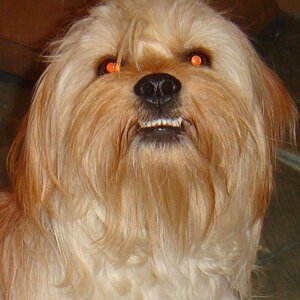
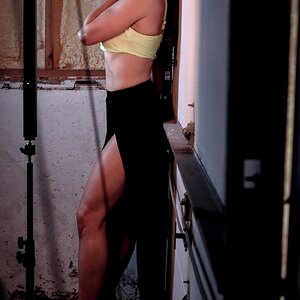
![[No title]](/data/xfmg/thumbnail/32/32813-9ade0851a7432024734a0c95c03e37d0.jpg?1619735670)
![[No title]](/data/xfmg/thumbnail/36/36602-3001bbe07fa5517ccd4b03e049c7b844.jpg?1619737642)
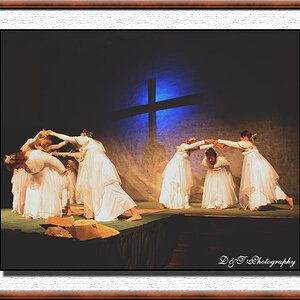
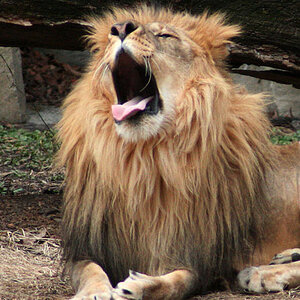
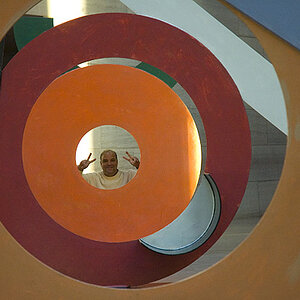
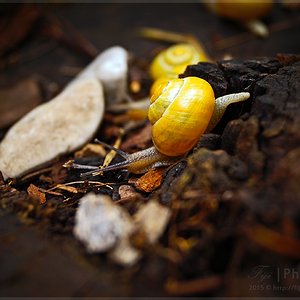
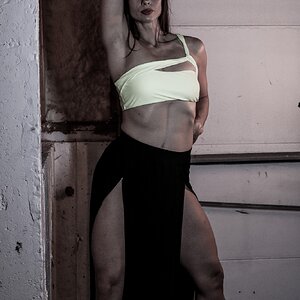
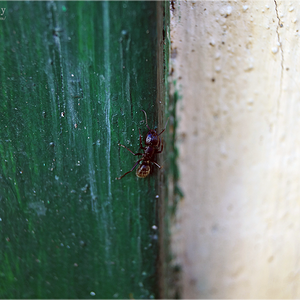
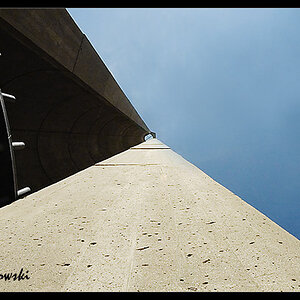
![[No title]](/data/xfmg/thumbnail/34/34690-8d6bc2af7ea1365e5e05cda2bbe8d08b.jpg?1619736604)